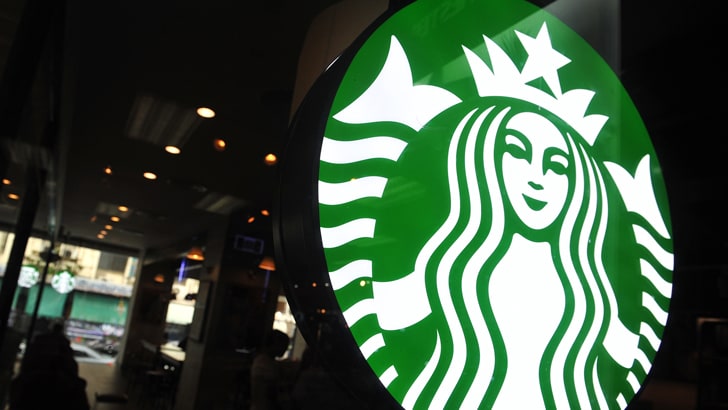
In its largest store expansion for a region this year, Starbucks predicts a 2% growth in 2014 comparable sales in Asia. In the fourth quarter of 2013, the coffee giant saw explosive growth for China/Asia Pacific stores with a 29% increase in revenues (to $255.7m) and a 9% increase in comparable sales compared to 2012.
Capitalising on this rapid growth, Starbucks also recently announced plans to open 100 new stores each in Malaysia and the Philippines over the next four years as well as additional locations in Thailand. The company opened its first Vietnam store in the fourth quarter of 2013 and plans to open more in that area. Asia currently only accounts for about one-fifth of Starbucks stores but that looks set to change. The chain has been in India (in joint venture with Tata Global Beverages) for just over a year, and currently has more than 25 stores open, recently launching a New Delhi flagship store.
Over the next five years, Starbucks executives said they plan to double their employees in the Asia/Pacific region to 40,000 people. Jinlong Wang, Starbucks’ Asia Pacific president and CEO Howard Schultz have said they expect China to become the largest market outside of the US for Starbucks.
At some point next year, China is expected to replace Canada as Starbuck’s second largest market by store count. There are currently more than 1,000 outlets in more than 60 Chinese cities, and the coffee brand is planning to introduce new gift cards to celebrate – a scheme which it estimates has loaded $16bn onto 450 million cards across 27 countries since it was first launched. In China, the brand has faced criticism for its high costs – which are reportedly up to a third more expensive in Beijing than Chicago. But, it doesn’t seem to have slowed the brand’s popularity, with a Starbucks outlet in China averaging $600,000 in revenues annually.
The brand has also been sensitive to the cultural differences of the Chinese market. Typically, Chinese consumers prefer to sit and drink their coffees rather than buy them to go, so stores have larger seating areas than in other regions. Similarly, most stores stock green tea tirimisu and Chinese moon cakes to cater to local tastes.
Other foodservice chains, namely quick-serve restaurants, have experienced sustained growth in Asia, including Yum! Brands and McDonald’s and most recently, Buffalo Wild Wing’s and Wingstop.
Last Autumn, fast casual chain Darden Restaurants signed a development agreement with an Asian operator to initially open 13 units under the Red Lobster, Olive Garden and LongHorn Steakhouse brands in Malaysia this year, with more planned for the future.
And in terms of coffee shop brands, the competition is keen to start challenging the cult of Starbucks. Although American coffee rival Dunkin’ Donuts recently closed 40 outlets in China and Taiwan, Costa Coffee has a has a target of 500 stores in China by 2016, Taiwanese cafe 85 Degrees has plans for 450 stories by 2017, and Hong Kong-based Pacific Coffee has a growth ambitions across Asia, and particularly in mainland China.
Starbucks remains unperturbed. In announcing their expansion plans, Starbucks CEO Howard Schultz declared, “With a population of more than 600 million people, an emerging middle class that is driving strong consumption and a robust and resilient economy, Southeast Asia presents a compelling growth opportunity for Starbucks.”
Amelia Levin and Helen Roxburgh
